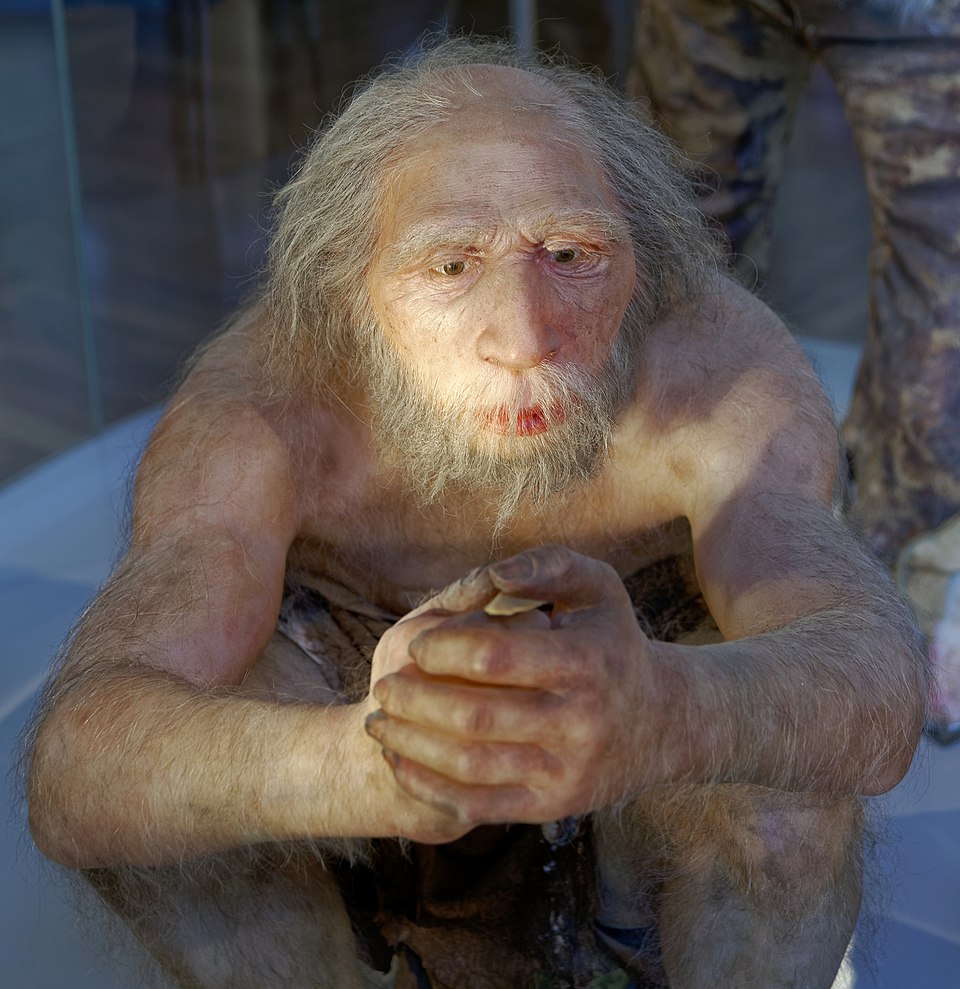Neanderthal Genes Linked to Chiari Malformation Type I: New Study Insights

A recent study has uncovered a potential genetic link between Neanderthal ancestry and Chiari malformation type I, a serious condition characterized by the protrusion of the brain into the spinal canal. The findings suggest that DNA inherited from Neanderthals may play a role in the development of this malformation, which affects approximately 1 in 1,000 individuals, although recent estimates indicate it could be more prevalent, possibly affecting 1 in 100 due to asymptomatic cases.
Chiari malformation type I occurs when the occipital bone at the base of the skull is insufficiently sized to accommodate the brain, leading to compression of the cerebellum. This condition can result in debilitating symptoms, including severe headaches, neck pain, and, in extreme cases, can be fatal. Treatment varies from conservative management with muscle relaxants to surgical interventions that involve removing portions of bone to relieve pressure on the brain.
The research, led by Kimberly Plomp, an osteologist at the University of the Philippines Diliman, involved analyzing 3D CT scans of skulls from 103 individuals—46 diagnosed with Chiari malformation type I and 57 without. The study compared these modern human skulls with eight fossilized skulls of hominid relatives, including Neanderthals and other archaic humans. The results indicated that individuals with Chiari malformation type I exhibited skull characteristics more similar to Neanderthals than to those without the condition.
Mark Collard, a paleoanthropologist at Simon Fraser University and co-author of the study, emphasized the importance of understanding the causal relationships that lead to such medical conditions. He noted that while this research does not definitively prove a direct genetic link, it advances the discourse on how Neanderthal DNA may impact modern human health. Collard cautioned against drawing premature conclusions, underscoring that scientific conclusions are rarely definitive based on a single study.
This study builds on previous research that indicated interbreeding between Neanderthals and modern humans contributed approximately 1.5% to 2% of Neanderthal DNA in non-African populations. The implications of these findings suggest that the prevalence of Chiari malformation type I may vary globally, potentially being more common in populations with higher Neanderthal genetic contributions, such as those in Europe and Asia.
Looking ahead, further research is required to solidify the connection between Neanderthal genes and Chiari malformation type I. Future studies may include examining additional fossil skulls and gathering data from African populations, where Neanderthal interbreeding is less prevalent. If a link is confirmed, it could lead to the incorporation of genetic screening for this condition in early childhood health assessments, allowing for proactive monitoring and management of at-risk individuals.
The study was published on June 27, 2023, in the journal Evolution, Medicine, and Public Health, highlighting an intriguing intersection between genetics, anthropology, and modern medicine.
Advertisement
Tags
Advertisement





